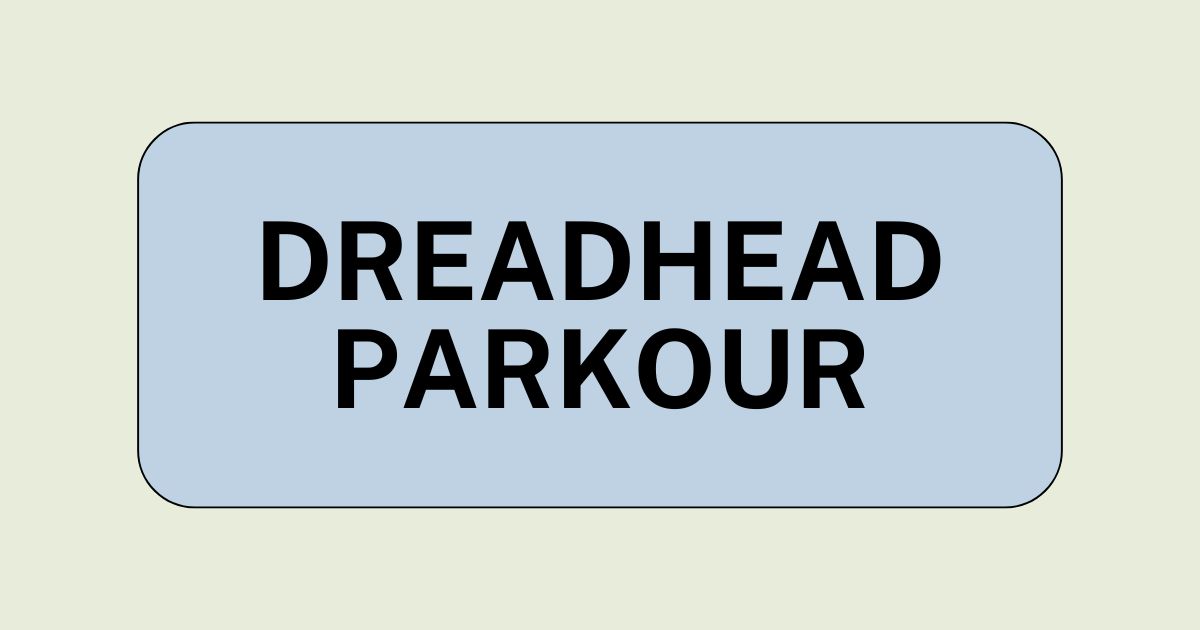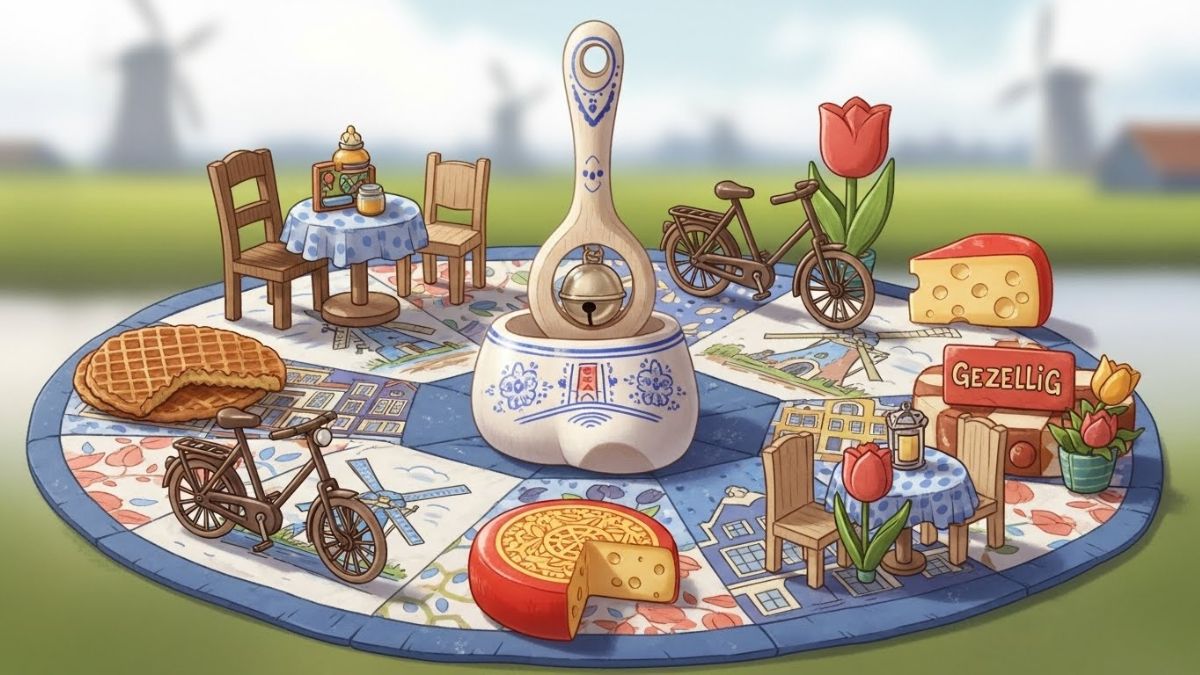Dreadhead parkour is more than just a visual style—it’s a cultural fusion of athletic street movement and self-expression. It merges the physical art of parkour with the identity and aesthetics often represented by individuals with dreadlocks, forming a powerful subculture that is gaining momentum globally. These athletes not only scale walls and vault over obstacles but also challenge stereotypes and celebrate individuality.
The Roots of Parkour Culture
Parkour, originally developed in France in the 1980s by David Belle and his friends, was intended as a discipline to train the body and mind to overcome physical obstacles. What started as “l’art du déplacement” (the art of movement) evolved into a street sport celebrated for fluidity, strength, and daring. Over the decades, it expanded beyond Europe into urban landscapes around the world.
Who Are the Dreadhead Traceurs?
The term “traceur” refers to someone who practices parkour, and the “dreadhead” aspect describes a unique aesthetic and cultural representation. Dreadhead traceurs often identify with hip-hop, Afrocentric roots, and street fashion. Their distinctive appearance—marked by dreadlocks, bold clothing, and confidence—makes them stand out. But it’s not just about looks. These athletes are deeply skilled, creative, and resilient.
Style Meets Movement
What makes dreadhead parkour so visually powerful is the flair. Imagine someone soaring from rooftop to rooftop, dreadlocks flying like flags of rebellion. It’s cinematic, raw, and authentic. Every move expresses not just physical strength, but also personality. For many dreadhead traceurs, movement is a form of artistic protest, showing the world they can’t be boxed in.
Breaking Down the Techniques
Parkour involves a wide variety of movements, each requiring skill and conditioning:
Vaults – Leaping over railings or barriers
Wall runs – Scaling vertical walls using momentum
Precisions – Jumping from one narrow object to another with balance
Kongs and cats – Techniques for fluid movement through tight spaces
Dreadhead practitioners often add their own twist to these techniques, combining flips, street dance moves, and acrobatics to create a personal movement signature.
Training Like a Dreadhead Parkour Athlete
Training isn’t just about practice—it’s a lifestyle. Most dreadhead parkour athletes train daily, focusing on:
Strength and endurance: Core, legs, and grip strength are essential.
Flexibility: Keeps movement clean and reduces injury risk.
Mental discipline: Overcoming fear is half the battle.
Urban exploration: Scouting out new spots is part of the thrill.
They often turn cities into playgrounds, constantly reimagining staircases, rooftops, and abandoned buildings as opportunities for movement.
The Influence of Hip-Hop and Urban Culture
You’ll often find dreadhead parkour videos set to hip-hop or trap beats. That’s not just a vibe—it’s a statement. Hip-hop culture aligns with the parkour spirit: resilience, expression, and hustle. Many athletes see their craft as a freestyle art, much like freestyle rap, where the city is their beat and their body is the instrument.
Social Media’s Role in Rising Fame
Instagram, TikTok, and YouTube have propelled dreadhead parkour into the spotlight. These platforms allow athletes to showcase their skills, personality, and fashion. Viral clips of gravity-defying flips and bold rooftop jumps have helped build a community and inspire the next generation of dreadhead athletes.
Representation and Identity
For many dreadhead athletes, parkour is about more than movement—it’s about being seen. In a world where Black and Afro-descendant bodies are often stereotyped, dreadhead parkour flips the narrative. It shows athleticism, grace, and intellect. Their presence in the sport challenges the norm and demands representation.
Fashion in the Dreadhead Parkour Scene
Fashion is a major element. You’ll see oversized tees, cargo pants, hoodies, and sneakers with high grip. The fashion is part of the expression—functional yet bold. Often, it merges streetwear with Afrocentric prints or messages. It’s not just what they do, but how they look doing it.
Parkour Crews and Community
Community is everything. Dreadhead parkour athletes often move in crews or collectives, supporting and filming each other. These groups share tips, scout locations, and challenge each other to level up. For many, it’s a brotherhood or sisterhood that provides motivation and safety in a sport that can be risky.
Overcoming Fear and Limits
Fear is real in parkour. You’re jumping over real heights, navigating hard concrete, and sometimes facing law enforcement for trespassing. Dreadhead parkour athletes often speak about the mental strength it takes to jump not just gaps in buildings, but in mindset. They practice mindfulness, breath control, and visualization.
Common Injuries and How They’re Handled
As with any extreme sport, injuries can happen. Common ones include:
Sprained ankles
Wrist strains
Knee impact injuries
Bruises and cuts
Dreadhead traceurs use stretching, foam rolling, and even holistic approaches like herbal remedies and meditation to recover. Safety and technique are emphasized to minimize risk.
The Future of Dreadhead Parkour
The future looks bold. With more visibility, dreadhead parkour is attracting collaborations with brands, filmmakers, and fashion designers. Many are becoming influencers, mentors, and even actors. As the sport grows, we may see more representation in competitive parkour leagues, TV shows, and even in Olympic forms of freerunning.
Top Dreadhead Parkour Influencers to Follow
Want to dive deeper? Here are a few names making waves:
Dom Tomato (Not dreadhead, but highly influential)
Jay Rising – Known for insane flips and urban aesthetics
Zion Clark – Blending parkour and overcoming disability
Malachi Gray – A rising dreadhead voice in the parkour scene
Following these athletes can give you inspiration and insight into the lifestyle.
Why Dreadhead Parkour is More Than a Trend
It’s not a phase—it’s a movement. Dreadhead parkour blends identity, rebellion, and freedom into something unforgettable. It’s about rewriting the rules, using the body as a brush and the city as a canvas. Whether you’re a fan or aspiring athlete, this culture welcomes boldness and authenticity above all.
Conclusion
Dreadhead parkour is redefining what movement, identity, and culture look like in the urban jungle. It’s about skill, style, and spirit—climbing not just walls, but barriers in perception and expression. As this subculture grows, it brings with it a wave of energy that’s impossible to ignore. For those looking to join or support the movement, remember: it’s about more than landing the jump—it’s about standing out while you soar.
FAQs
Do you have to have dreadlocks to be part of dreadhead parkour?
No, it’s about embracing the culture and expression—not just the hairstyle. Dreads are symbolic, but the mindset is what truly matters.
Is dreadhead parkour different from regular parkour?
Technically, no. The core movements are the same, but dreadhead parkour incorporates cultural identity and fashion as part of the performance.
How can I start training for parkour?
Begin with bodyweight exercises, balance training, and simple vaults. Then gradually move into more complex movements under the guidance of experienced traceurs.
Is it safe to practice parkour in public places?
Safety and legality depend on your location. Always train responsibly, avoid private property, and wear the proper gear.
Can parkour be a career?
Yes! Many parkour athletes make a living through sponsorships, social media, acting roles, and training others.











